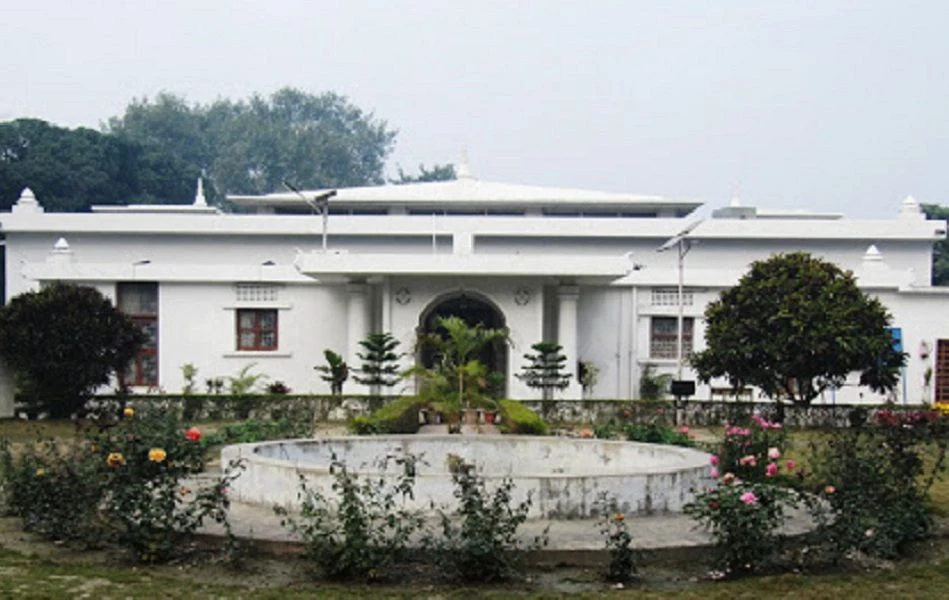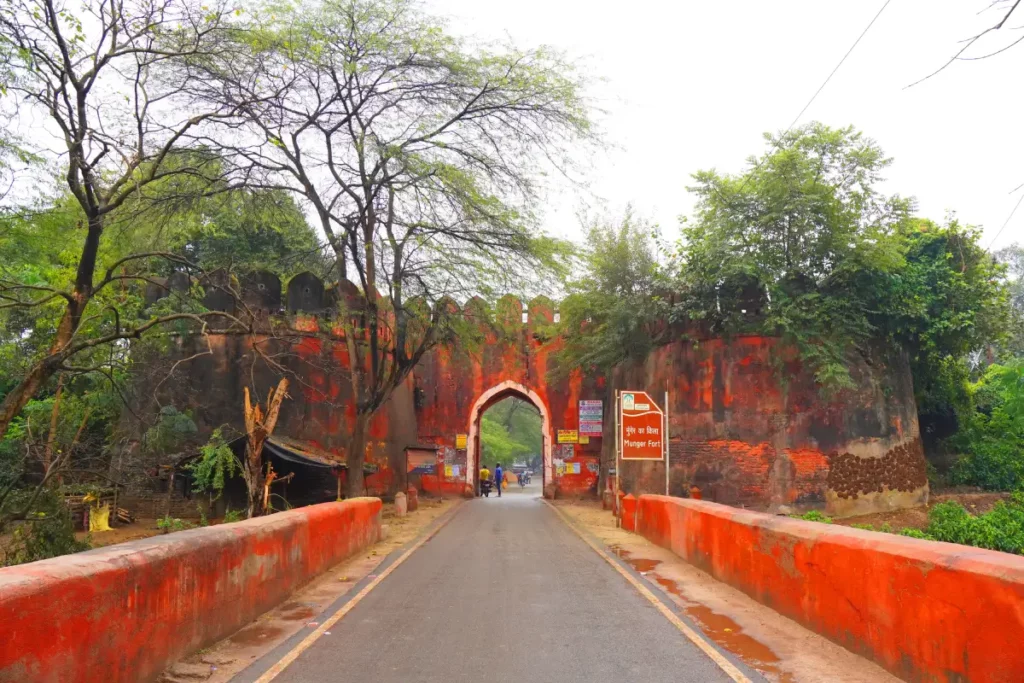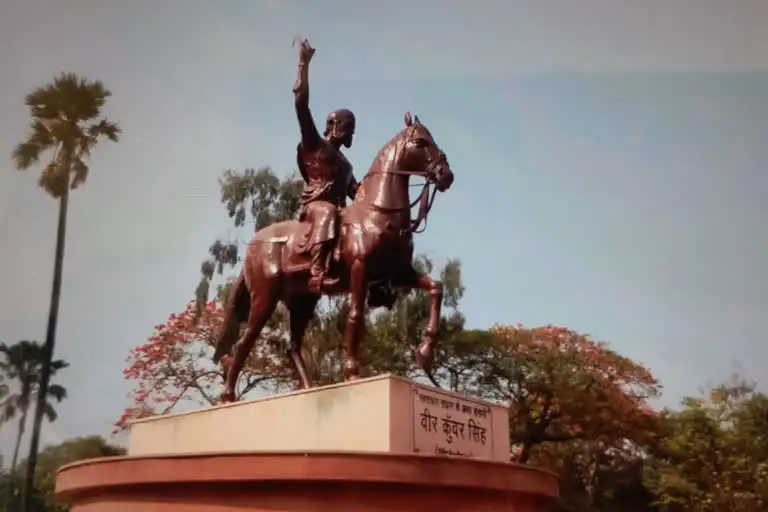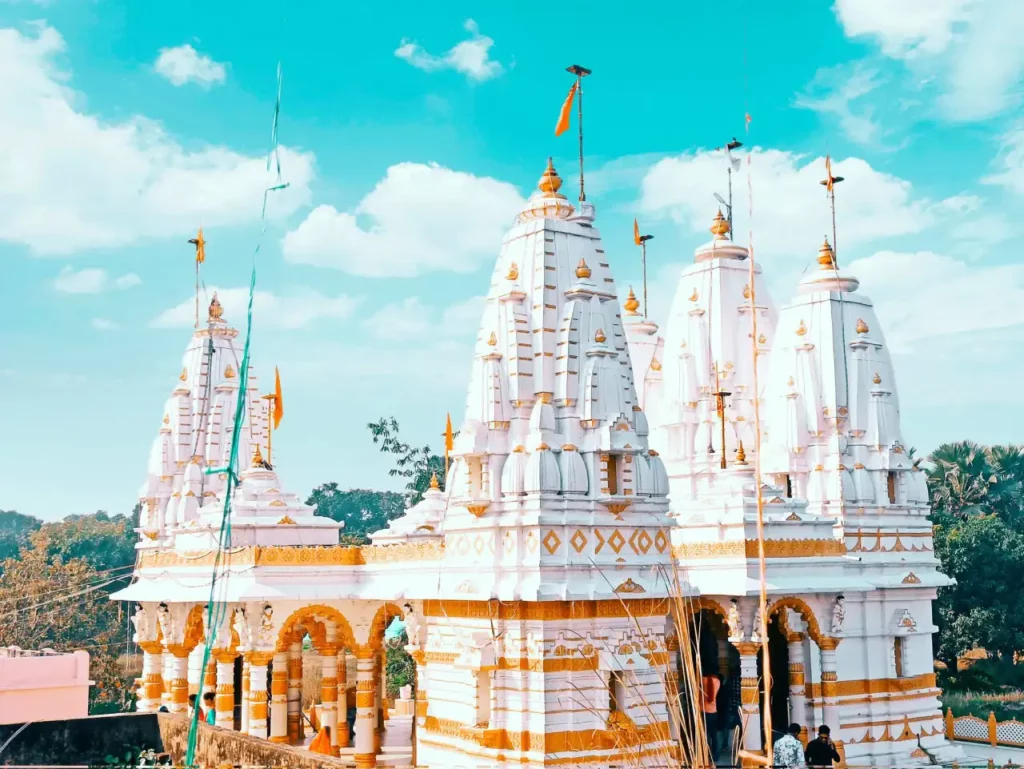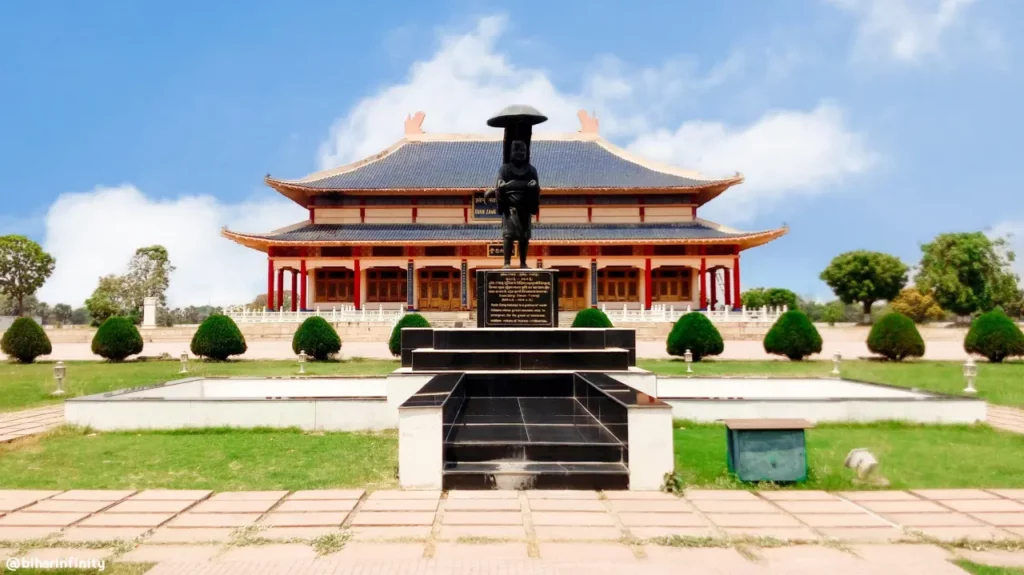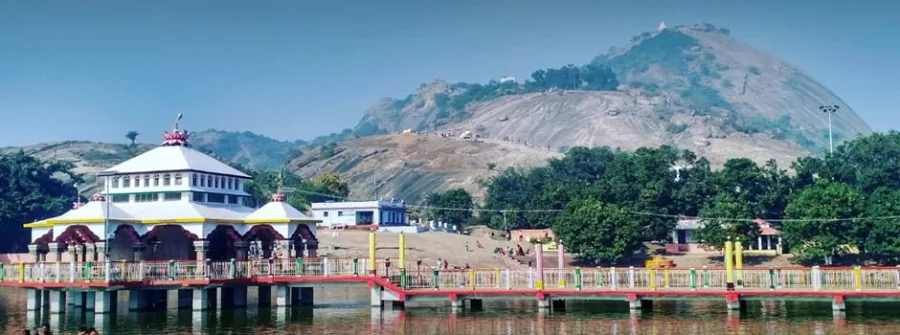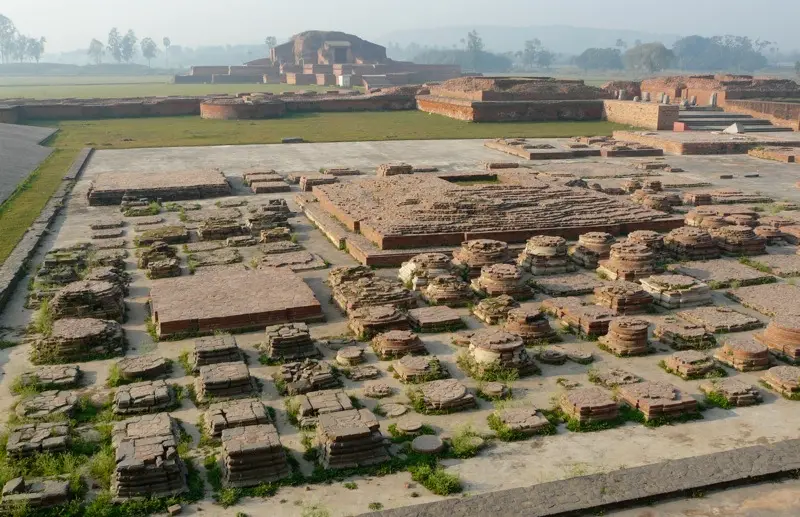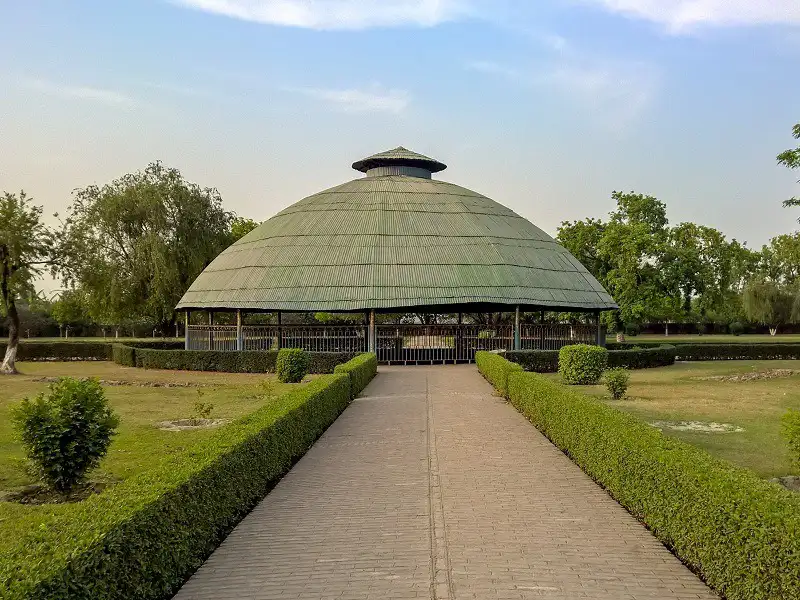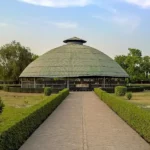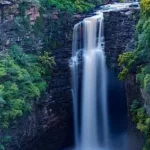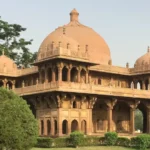Nestled in the heart of Vaishali, a town steeped in history and culture, the Vaishali Museum stands as a testament to the rich heritage of this ancient land. With its remarkable collection of artifacts and artworks, the museum serves as a bridge connecting us to the glorious past while offering insights into the life and times of the people who once walked these very streets.
History of Vaishali Museum
Established in 1971 by Archaeological Survey of India, the Vaishali Museum was envisioned as a custodian of the region’s cultural legacy. Its inception marked a pivotal moment in the preservation of historical artifacts that otherwise might have faded into obscurity. Over the years, the museum has grown in stature, becoming a beacon of knowledge for history enthusiasts, scholars, and tourists alike.
Collections and Artifacts
Walking through the corridors of the Vaishali Museum is like embarking on a journey through time. The collection is a treasure trove of sculptures, pottery, coins, and relics that unravel the stories of dynasties and empires that once held sway in this region. Among the notable pieces is a beautifully carved Ashoka pillar capital, a testament to Emperor Ashoka’s profound influence on Vaishali.
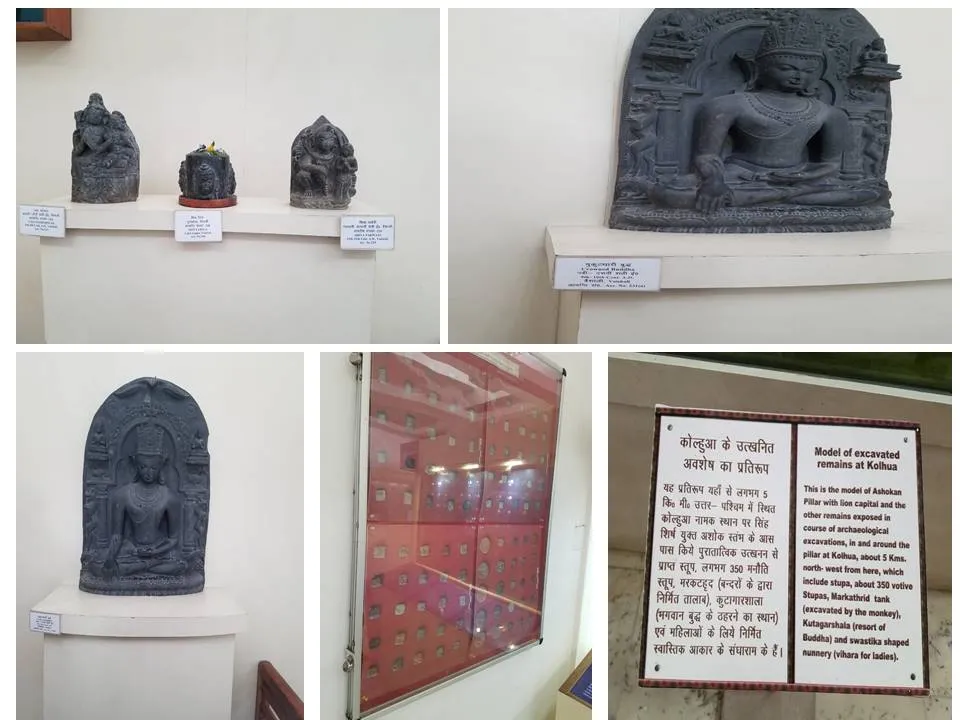
Glimpse into Ancient Vaishali
Each artifact on display is a window into the past, offering a tantalizing glimpse of life in ancient Vaishali. The intricately carved sculptures speak of a society that revered art and spirituality. The pottery and utensils tell tales of everyday existence, reminding us that even the mundane has a story to tell.
while you’re immersing yourself in Vaishali’s historical tapestry, don’t miss the breathtaking Vishwa Shanti Stupa of Vaishali, a symbol of peace and unity that graces the town’s landscape. This majestic white stupa stands tall, overlooking the tranquil surroundings, and serves as a reminder of the timeless ideals of harmony and global understanding.
Sections and Galleries in Vaishali Museum
The museum’s layout is thoughtfully designed, with various sections catering to different aspects of history. The sculpture gallery houses a mesmerizing array of statues, each with its own narrative. The coin section takes us on a monetary journey through the ages, showcasing currency used by merchants and traders of yore.
The Vaishali Museum is not just a static repository; it’s a dynamic space that offers a multifaceted exploration of history. As you move through its various sections and galleries, you’ll find yourself immersed in the stories of the past. Each gallery is like a chapter in the narrative of Vaishali’s rich heritage, with artifacts that provide a glimpse into different aspects of life and culture.
The sculpture gallery, adorned with masterfully crafted statues, is a testament to the artistic prowess of ancient artisans. These sculptures depict deities, mythical creatures, and even everyday people, offering insights into the aesthetics and spiritual beliefs of the time.
In the coin section, you’ll discover a fascinating journey through currency from different eras. From ancient coins used in trade to medieval currency that tells tales of economic exchange, this section showcases the evolution of commerce in Vaishali.
As you wander through the pottery gallery, you’ll encounter vessels and containers that once held sustenance and stories. Each piece of pottery is a window into the culinary practices and daily life of generations long gone.
Interactive Learning
The Vaishali Museum is not just a repository of artifacts; it’s a living institution that fosters learning. Educational programs and workshops are conducted regularly, offering visitors a chance to engage with history in a hands-on manner. The museum comes alive with the laughter of children participating in activities that connect them to their roots.
How to Reach Vaishali Museum
For those eager to explore this historical gem, reaching the Vaishali Museum is a straightforward journey. Situated at the heart of Vaishali, it’s easily accessible by road from nearby cities. If you’re arriving by train, a short ride from the railway station will lead you to its hallowed halls.
A short walk from the museum leads you to the revered relic stupa, the Relic Stupa of Buddha. This sacred site holds relics of Lord Buddha and is a pilgrimage destination for Buddhists from around the world.
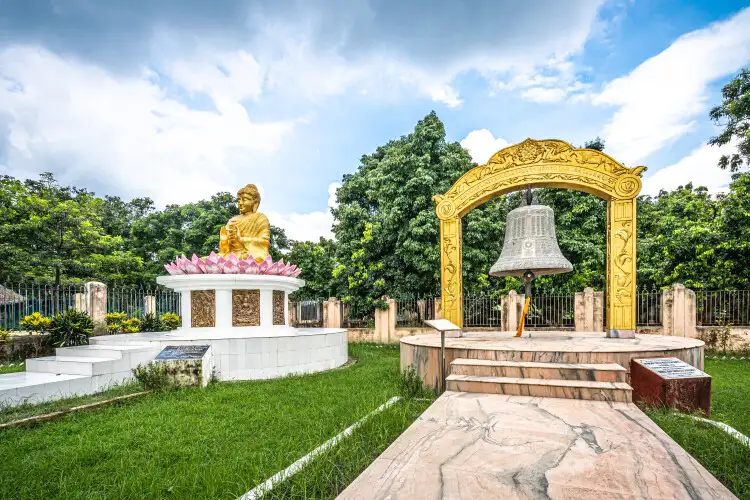
Best Time to Visit
Vaishali’s climate plays a role in determining the best time to visit the museum. The months of October to March offer a pleasant weather experience, making it an ideal time to explore both the museum and the town’s other attractions. Additionally, if your visit coincides with local festivals, you’ll have the chance to witness the cultural vibrancy of Vaishali in full swing.
Preservation Efforts
Preserving the artifacts housed within the Vaishali Museum is a task that requires a delicate balance between conservation and accessibility. State-of-the-art technologies are employed to maintain the integrity of the artifacts while allowing visitors to appreciate their beauty. Climate-controlled environments and specialized display cases ensure that these treasures remain intact for generations to come.
Local Cultural Impact
Beyond its role as a tourist attraction, the Vaishali Museum plays a significant role in the local community. It serves as a source of pride, reminding residents of their rich cultural heritage. The museum also acts as an educational hub, hosting school visits that spark curiosity and a love for history among young minds.
Connecting Past and Present
The artifacts within the Vaishali Museum are not relics of a bygone era; they are bridges that connect the past with the present. As we stand before these timeless pieces, we’re reminded of the continuity of human experience. The values, beliefs, and artistic expressions of our ancestors continue to shape our world today, making the museum a living testament to the enduring spirit of humanity.
Conclusion
The Vaishali Museum stands as a guardian of the past, a place where history is not merely displayed but comes alive in every carefully curated exhibit. It invites us to step into the shoes of those who came before us, to understand their struggles, aspirations, and triumphs. Through its corridors, we are reminded that our journey is part of a larger tapestry woven with the threads of time.
Frequently Asked Questions
Vaishali is famous for its historical and cultural importance, including its association with Lord Buddha’s final sermon and Amrapali. The Mahaparinirvana Temple, historical significance, and archaeological treasures make it a compelling destination. It holds significance for Buddhists and Jains alike.
The world’s first republic city is often attributed to Vaishali, an ancient city in India. It was part of the Vajjian Confederacy and is known for its early republican form of governance dating back to the 6th century BCE. Vaishali’s republican system is a significant historical milestone in the development of democratic governance.
The ancient city of Vaishali was historically known as “Vesali” or “Vaiśālī” in Sanskrit. This is its old name, which has been used in historical records and texts to refer to the city in ancient times.
Absolutely! Guided tours are available for visitors who wish to have a deeper understanding of the artifacts and their historical context.
Yes, the museum is equipped with facilities to ensure accessibility for all visitors.
Yes, the museum occasionally hosts workshops, seminars, and cultural events that provide a holistic experience for visitors.
Yes, there is a souvenir shop on-site where you can find a range of items inspired by the museum’s collection.
Vaishali was the capital of the Vajjian Confederacy, an ancient republic in India. It was not part of a traditional monarchy but rather a confederation of clans and republics. The Vajjian Confederacy is notable for its early republican form of governance and its influence on the development of democratic systems in ancient India.
Catch Up on the Latest: Explore Our Recent Posts
Munger Fort: History, images, and best time to visit
Standing majestically on a rocky hillock along the southern banks of the…
Jagdishpur Fort: Reliving History Amidst Majestic Ruins
Nestled in the heart of a serene landscape, Jagdishpur Fort stands as…
Dwarkadhish Temple Chapra: A Marvel of Artistry and Faith
The celebration of Krishna Janmashtami resonates across India, and Chapra’s Naini village…
14 Must-Visit Tourist Places in Rajgir for an Enriching Journey
Rajgir, a city in the district of Nalanda, invites you to traverse…
Mandar Hill: A Spiritual Journey to Serenity
Nestled in the Bounsi, Banka district under Bhagalpur division of state of…
Kanwar Lake: Exploring Asia’s Largest Freshwater Oxbow Lake
The Kanwar Taal, also known as Kabar Taal Lake or Kabartal Wetland,…
Ruins of Vikramshila University: Unveiling an Enigmatic Past
Nestled in the serene landscapes of ancient India, Vikramshila University stands as…
Vikramshila Gangetic Dolphin Sanctuary: Bihar’s Aquatic Treasures
Nestled along the pristine banks of the Ganges River, the Vikramshila Gangetic…
Vaishali Museum – Unveiling the Treasures of Ancient Bihar
Nestled in the heart of Vaishali, a town steeped in history and…
Buddha Relic Stupa Of Vaishali: Exploring the Serene Beauty
Vaishali, a place of deep historical significance and spiritual resonance, houses a…

